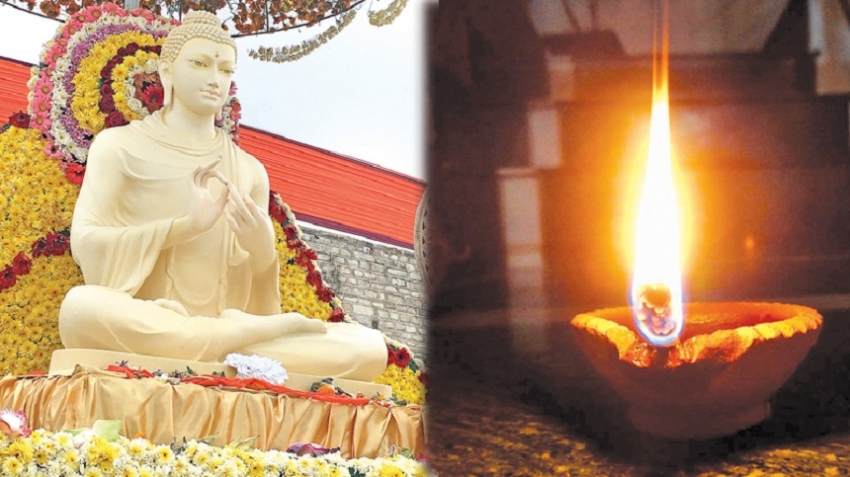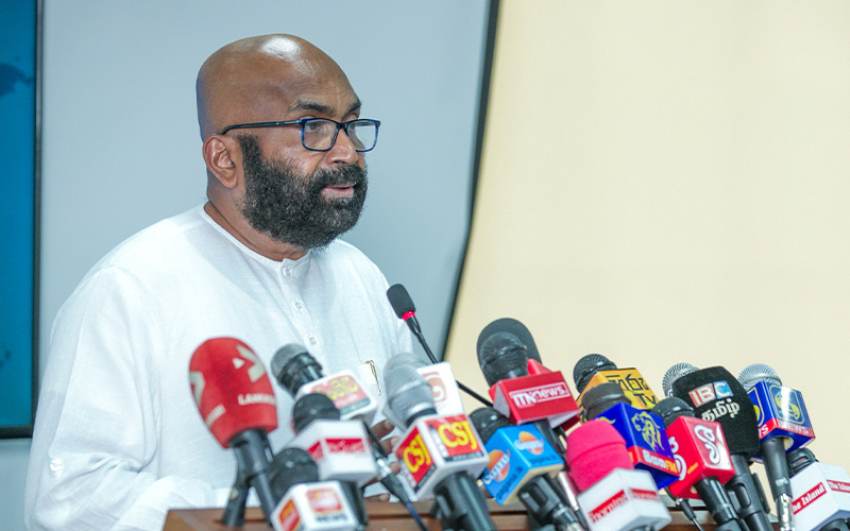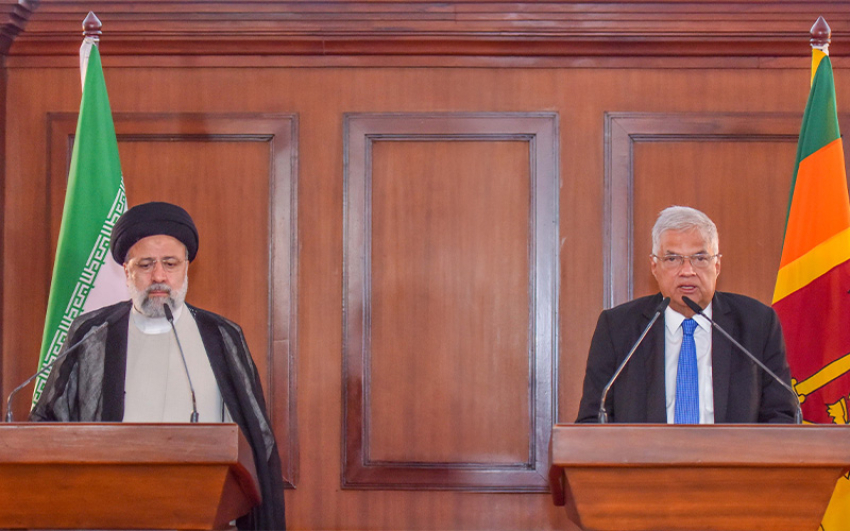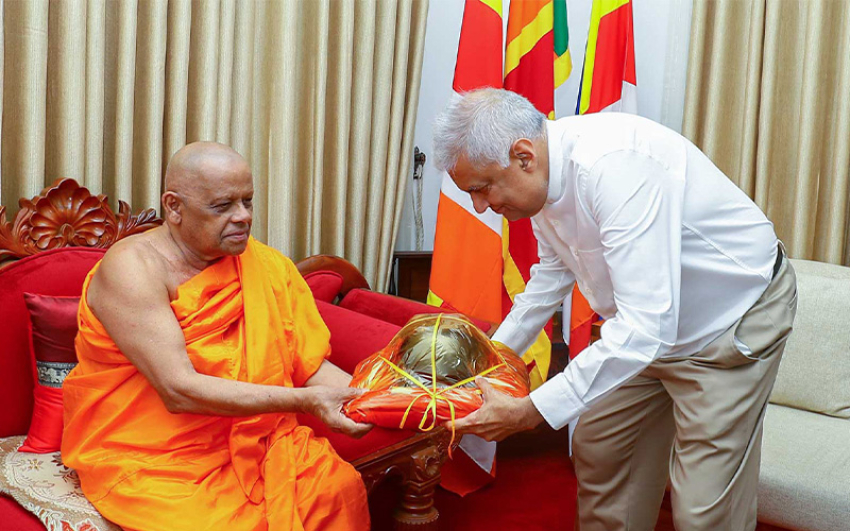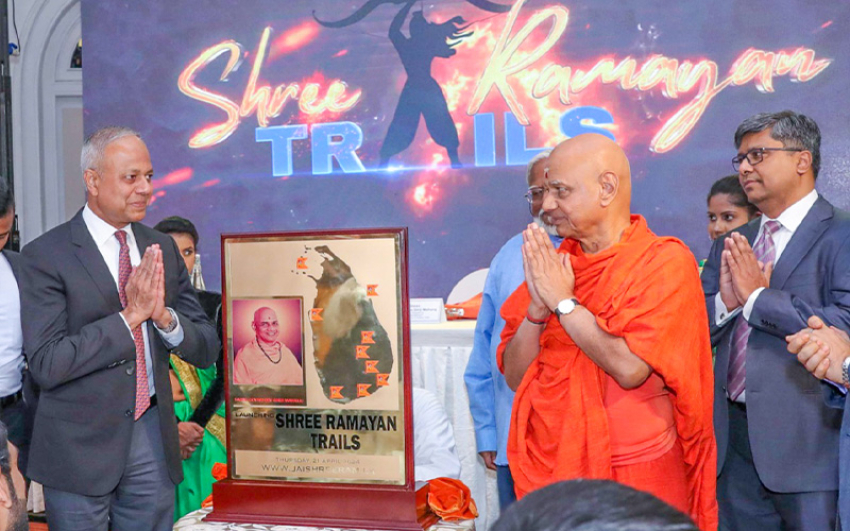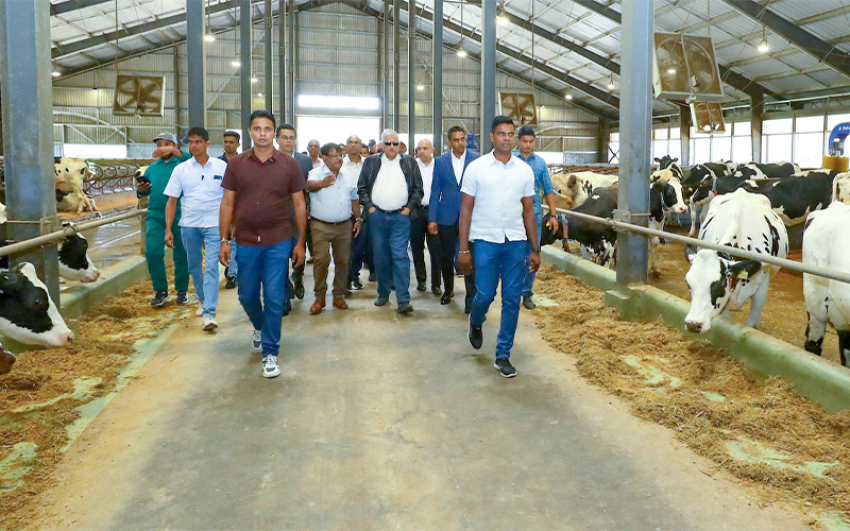We experience this world through our six senses: the eyes, ears, nose, tongue, body and mind. There is nothing present to us beyond the experiences of these six senses. We accept these sense experiences as reality.
Now let us examine these experiences closely. Say when we are listening to some instrumental music, we would start identifying these sounds as piano, violin, drums, etc. What are we really experiencing here? Are any of these instruments really producing ‘music’ or vibrations of different frequencies? If all that is produced are vibrations of different frequencies, then from where did the ‘music’ come? What is really happening here? The vibrations or sound waves produced by these instruments strike our ear drum causing it to vibrate and sends these vibrations to three tiny bones in the middle ear. The bones in the middle ear amplify the sound vibrations and send them to a snail-shaped structure called the cochlea, which is filled with fluid, in the inner ear. Once the vibrations cause the fluid inside the cochlea to ripple, this in turn causes a travelling wave causing the hair cells (sensory cells) to ride the wave. As the hair cells move up and down, microscopic hair-like projections bump against an overlying structure and bend. This bending causes chemicals to rush into the cells, creating an electrical signal. The auditory nerve carries this electrical signal to the brain. This is the reality.
Now what happens when these electrical impulses reach the brain? Through a mysterious process, which we are yet to know, ‘music’ is produced in our mind, in conjunction with our memory. Because without past memory we cannot identify the instrument. So then, are we experiencing the real world, in this case varying sound frequencies, or are we experiencing a mind-created ‘music?’
When we put some sugar on our tongue we experience a sweet taste. Is this sweet taste in the sugar or in the tongue? If it is in the sugar, then if we put some sugar on our hand we should experience the taste, or if the sweetness is in the tongue we should experience sweetness all the time. Until the sugar touches the surface of the tongue, and produces the necessary chemical reaction, and causes the specific electrical impulses to travel to the brain, we will not experience the ‘sweetness.’ Thus in reality we are experiencing a chemical reaction to which we refer to as ‘sweetness.’ So then the sweetness is not in the sugar: the sweetness or taste is in us, although we say wrongfully that the sugar is sweet. Note the specificity of this consciousness that arises. Without the tongue there is no taste, without the ear there is no sound. The six consciousnesses that arise depending on the six senses are SPECIFIC.
When the eye sees an object, an inverted image of the object is formed in the retina which sends an electrical impulse to the brain, which in turn mysteriously creates an image with light and colour. What is really happening here? In reality it is only electromagnetic radiation that the retina is picking up. This now is converted to nerve impulses which start off a bio-chemical process, which is then converted by the brain into what we call light, and colour. This process now leads to the visual imagery which arises inside of us. It is these mental images that we see. So what we see are sights produced internally, not externally. So then in reality, the outside world has no light or colour other than electromagnetic radiation. This means light and colour are internal phenomena, and not external. The truth is we do not know what is out there. We are only aware of what is happening inside.
By the time we see the object, or hear a sound, that radiation, or that vibration has long gone. So then, what we are experiencing is a phenomenon that had already occurred and disappeared. That means by the time we experience something through our senses, that something has already ceased, and what is experienced in the next moment is not the same thing that we experienced before. During that first moment and the second moment that object has already changed internally or externally, although it appears to us as the same object. So then aren’t we experiencing a changing world every moment? Isn’t this entire world actually arise inside our mind? The Buddha tells Deva Rohitassa, “…it is in this fathom long body is the arising and the ceasing of the world is to be found.”
Existence is not possible without change. For life to be in this planet the earth has to rotate, and it has to revolve round the sun. From the time we are born we are changing physically and mentally (Rupa and Nama.) Change has to occur, otherwise we will not survive. For example we have to continue breathing in and out, each time changing the air within our lungs. Cells in the body are continuously changing, old ones dying and new ones arising. Thus, the Five Aggregates (Nama-Rupa) can only exist dependent on change. In other words these Five Aggregates are impermanent, subject to change every moment. They are dependently arisen, maintained and dependent on conditions.
For us to say that something is real, there cannot be any change in it with time. In other words what is real does not change. Then what does not change is real. So then how can these Five Aggregates be real? What then is that state that does not change? It is that state that does not arise, for if it arises, then it HAS to change, that is the nature of things. Then what is this state that does not arise, that does not change, and that is REAL. It is NIBBANA. Well then, if Nibbana is a state that does not arise then it HAS to be WITHIN us; but it is covered and hidden by the Kilesas or defilements, like the piece of gold that is covered up by the dirt.

